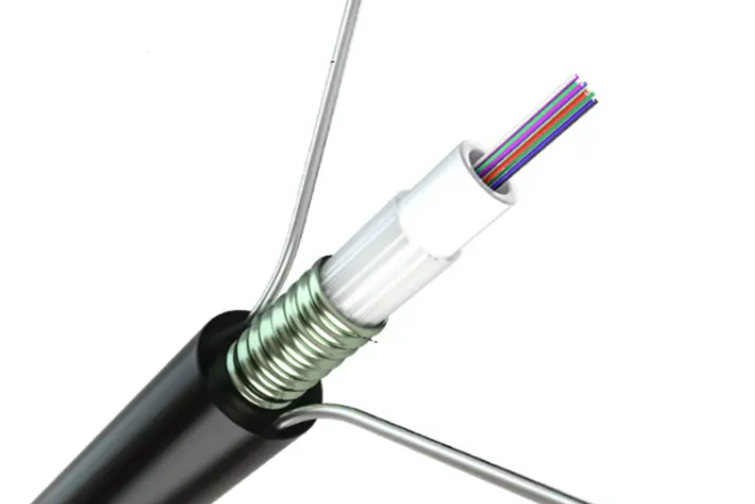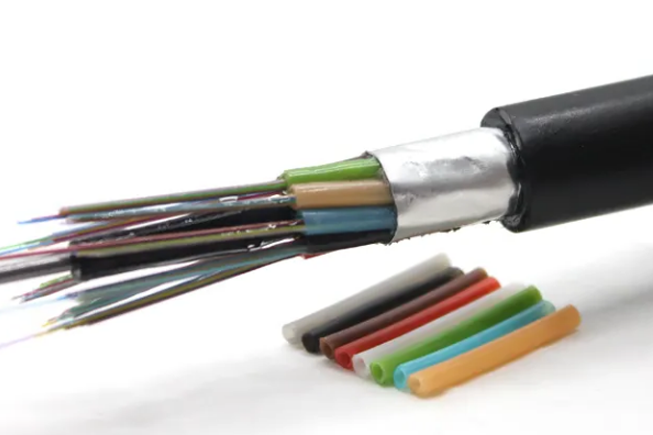
Technical Advantages of High-Performance Optical Hybrid Cables
In today's rapidly evolving digital landscape, the demand for robust and efficient access networks has never been greater. As businesses and consumers increasingly rely on high-speed internet and reliable communication services, the backbone of these networks becomes critically important. Optical hybrid cables have emerged as a pivotal component in modern telecommunications, offering a seamless integration of optical fiber and electrical conductors.
This article delves into the key technical advantages of high-performance optical hybrid cables. By understanding these benefits, stakeholders can appreciate how these cables enhance network reliability, performance, and scalability, ultimately supporting the growing demands of contemporary communication infrastructures.
Read more: Optical Hybrid Cables: A Comprehensive Guide
1. Superior Mechanical Performance
High-Strength Armor Design
High-performance optical hybrid cables are engineered with a double-layer precision steel armor. This robust design plays a crucial role in safeguarding the delicate internal components from external mechanical stresses. The dual layers ensure that the cable can withstand harsh physical conditions without compromising its structural integrity.
Tensile and Compressive Strength
The exceptional tensile and compressive strength of these cables guarantees stability during long-distance transmissions. Whether deployed in urban environments with heavy traffic or in remote areas with challenging terrains, the mechanical resilience of optical hybrid cables ensures consistent performance and longevity.
Our GDTA Access Network Optical Hybrid Cable features a double-layer precision steel armor design, effectively resisting external mechanical pressures and physical damage. This design not only enhances the cable’s tensile and compressive strength but also ensures stability during long-distance transmissions, making it exceptionally suitable for use in complex environments.
2. Exceptional Temperature Stability
Wide Operating Temperature Range
High-performance optical hybrid cables are designed to operate efficiently across a broad spectrum of temperatures, from extreme cold to intense heat. This versatility makes them suitable for deployment in diverse climates, ensuring reliable performance regardless of environmental conditions.
Application of Heat-Resistant Materials
The incorporation of heat-resistant materials in the cable’s construction significantly impacts its performance. These materials maintain the cable's integrity and functionality over extended periods, even under fluctuating temperature extremes. This stability is essential for maintaining optimal signal transmission and power delivery.
3. High-Efficiency Data Transmission Capability

Low Attenuation Fiber Design
Optical hybrid cables feature low-attenuation fiber designs that enhance both the distance and quality of signal transmission. Reduced signal loss translates to higher data rates and more reliable connectivity, which are critical for modern communication networks that demand swift and accurate data transfer.
Support for Multi-Mode and Single-Mode Fibers
The versatility of supporting both multi-mode and single-mode fibers allows these cables to cater to various network architectures. Whether used in high-capacity data centers or expansive metropolitan networks, optical hybrid cables provide the flexibility needed to meet diverse connectivity requirements.
4. Reliable Power Supply
High Current Carrying Capacity
High-performance optical hybrid cables are equipped with the capability to carry substantial electrical currents. This feature is essential for supporting distributed base stations and sophisticated energy management systems, ensuring that all connected devices receive a stable and uninterrupted power supply.
Power and Signal Interference Protection
The dual-layer armor not only offers mechanical protection but also serves as a shield against power and signal interference. This dual protection enhances the overall system's interference resistance, ensuring that both power delivery and data transmission remain unaffected by external electromagnetic disturbances.
5. Ease of Installation
Modular Design
The modular design of optical hybrid cables simplifies the installation process, making it more efficient and cost-effective. This approach allows for easy integration into various environments, whether deploying new network infrastructures or upgrading existing ones, thereby saving both time and resources.
Lightweight and Flexibility
Despite their robust construction, these cables are lightweight and flexible, enhancing their operability. This flexibility is particularly advantageous in complex wiring scenarios, where maneuverability and ease of handling are paramount for successful installation.
6. Environmental Adaptability and Durability
Moisture and Corrosion Resistance
High-performance optical hybrid cables are engineered to resist moisture and corrosion, making them ideal for deployment in underground and underwater environments. This resistance extends the cable’s lifespan and ensures consistent performance, even in challenging and damp conditions.
UV Resistance and Anti-Aging Properties
For outdoor installations, UV resistance and anti-aging properties are critical. These cables are designed to withstand prolonged exposure to sunlight and other environmental factors without degrading, ensuring that their performance remains stable over time.
7. Energy Efficiency and Environmental Friendliness
Low Power Consumption Design
Energy efficiency is a key consideration in the design of high-performance optical hybrid cables. Low power consumption not only reduces operational costs but also contributes to a more sustainable energy footprint, aligning with the growing emphasis on green technologies.
Use of Eco-Friendly Materials
The use of environmentally friendly materials in the construction of these cables supports sustainable development goals. By minimizing the environmental impact, high-performance optical hybrid cables offer a responsible choice for modern network deployments.
8. Adaptability to Future Developments
Support for 5G and Future Communication Technologies
As the telecommunications industry advances, the demand for higher speeds and greater data capacity continues to rise. High-performance optical hybrid cables are designed to support 5G networks and future communication technologies, ensuring that they remain relevant and capable of meeting evolving connectivity needs.
Modular Upgrade Capability
The modular nature of these cables facilitates easy upgrades and expansions. As new technologies emerge and network requirements expand, optical hybrid cables can be seamlessly upgraded to accommodate these changes, providing a future-proof solution for communication infrastructures.
Conclusion
High-performance optical hybrid cables offer a comprehensive suite of technical advantages, including superior mechanical performance, exceptional temperature stability, high-efficiency data transmission, reliable power supply, ease of installation, environmental adaptability, energy efficiency, and future adaptability. These features collectively enhance the performance and reliability of communication networks.
The integration of high-performance optical hybrid cables significantly boosts the overall performance and reliability of communication networks. By addressing critical aspects such as durability, efficiency, and scalability, these cables play a vital role in supporting the infrastructure that underpins modern digital communication.
To explore the full range of benefits and specifications of our high-performance optical hybrid cables, visit our product page. For further inquiries or detailed information, feel free to contact us and discover how our solutions can elevate your network infrastructure.





